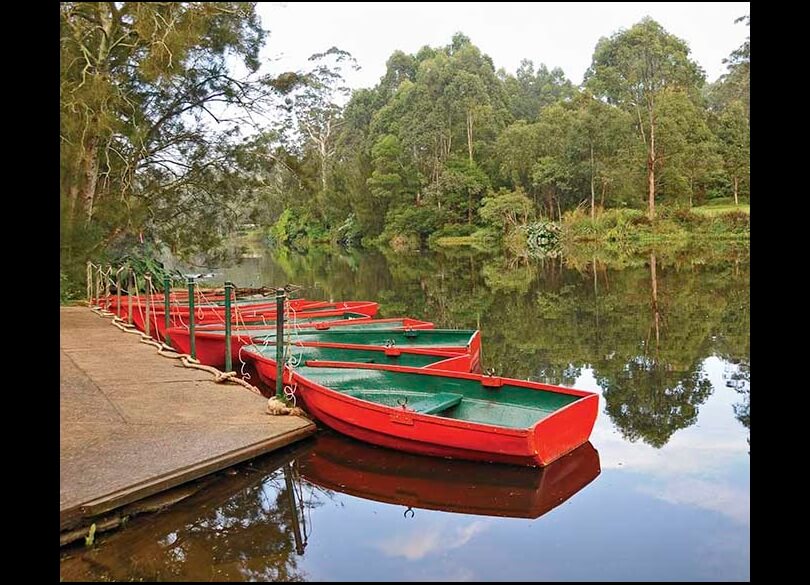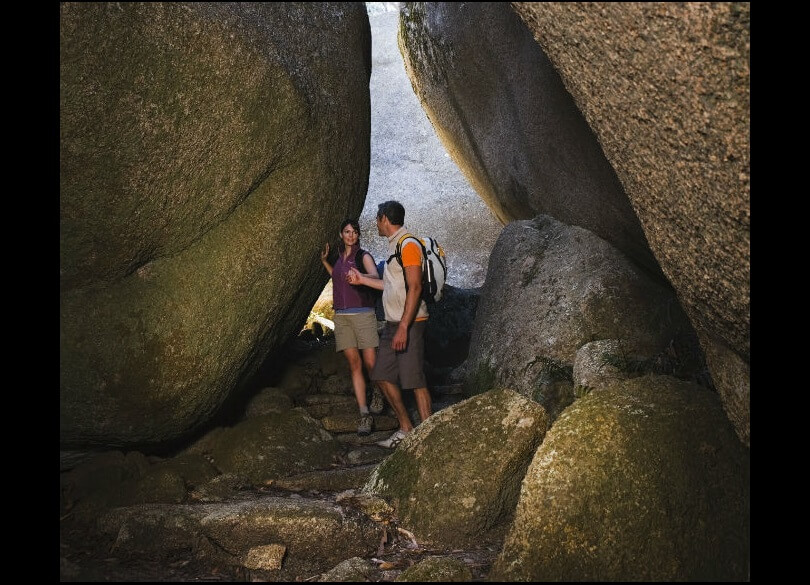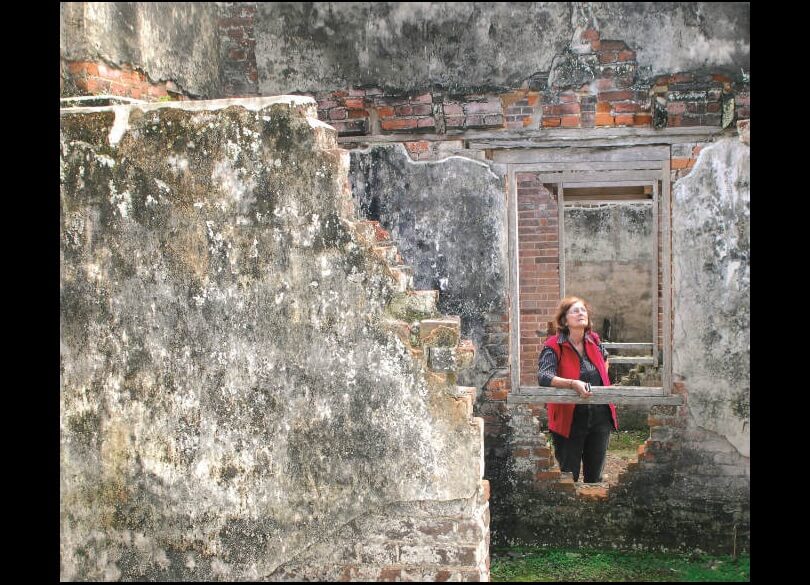The establishment of new parks can provide social and economic benefits to local communities.
As well as contributing to the social well-being of the local population, new reserves can provide new opportunities for local businesses, employment and even improve local housing value.
When we consider a proposal to acquire new land, we look at the conservation value of the land and the estimated socio-economic effect on the community in which the land is located. This is part of our assessment process and helps us decide whether to acquire the land.
How we assess the socio-economic effect
Outcomes we look for in a socio-economic assessment include:
- environmental and conservation outcomes (for example, ecosystem services, biodiversity)
- social outcomes for the local community (for example, social cohesion, community wellbeing)
- financial outcomes (for example, land rates, local community household incomes)
- economic outcomes (for example, business and jobs impacts, agricultural production).
Financial and economic indicators
We use financial and economic indicators, such as employment and household income, to assess the socio-economic impact of land acquisition on local communities. These social changes correlate with social 'wellbeing'.
Parks Socio-Economic (PSE) model
We also analyse historic data for parks in New South Wales to measure the socio-economic impact of previous land acquisitions. This includes:
- changes in agricultural markets and commodity prices
- the remoteness and population demographics of different communities
- recession.
Our Parks Socio-Economic (PSE) model allows us to estimate actual impacts at the local government area, regional and state levels.
Research
Research informs our socio-economic assessment process.
Key findings from our research include:
- there is a direct link between socio-economic benefits to a community, community support and effective conservation outcomes
- land acquisitions improve socio-economic outcomes at the state level
- land acquisitions improve socio-economic outcomes in most locations at the regional and local government area level.
Positive socio-economic outcomes of land acquisition include:
- an increase in the number of local businesses, which leads to an increase in employment opportunities for residents
- a diversification of local economies, which means communities are less susceptible to downturns in one or two industry sectors (for example, a fall in agricultural commodity prices)
- an increase in housing construction, which leads to an increase in local jobs and incomes, and an increase in population which leads to further demand for new and existing business services, creating a more diversified economy and more jobs - a 'virtuous economic spiral'
- greater resilience (due to the above effects) to a downturn in the state/national economy.
When socio-economic outcomes are unclear, other factors may play a role, such as:
- economic recessions and crises (for example, the global financial crisis), which make it difficult for land acquisitions to improve socio-economic conditions
- communities that are heavily reliant on one industry sector for employment and income (for example, the agricultural sector) and which are highly sensitive to changes impacting this sector
- remote communities and 'at risk' population demographics (for example, high unemployment, low skill base, low education, low access to services), which make it difficult for new business opportunities to be taken up.
Applying our socio-economic activity assessment process
Our socio-economic assessment process involves developing a socio-economic profile for the community/region where land is being considered for acquisition. We then compare this profile to historic data.
If the characteristics of the land and the community are similar enough to those in historical data, the socio-economic impacts are assessed using the Parks Socio-Economic (PSE) model. This model is likely to be applicable to most acquisition proposals.
If the profile is significantly different to historical data, the PSE model may not adequately estimate the socio-economic impact of the proposed land acquisition. In this case, a site-specific economic impact assessment is required.
For large-scale acquisitions, like Yanga Station near Balranald or Toorale Station near Bourke, the PSE model will be applied and a detailed 'triple bottom line' assessment prepared to the extent possible. Acquisitions of this scale are rare and historical data used in the PSE model may not provide an adequate assessment of impacts on local communities/regions.
Process
The steps in our socio-economic activity assessment include:
A socio-economic assessment will be undertaken for all acquisition proposals unless the proposal:
- is a complete inholding essential to improve the management of an existing reserve
- represents a minor boundary adjustment (being less than 20% of the size of the existing reserve)
- is already subject to environmental protection through zoning in a local environmental plan (E1, national park and nature reserves or E2, environmental conservation) or is subject to a conservation covenant on land title.
If a socio-economic assessment is not required, but the acquisition proposal is contentious, professional judgement will be used to decide whether to conduct a socio-economic assessment.
This includes:
- the details of a proposed land acquisition (including size and location)
- the characteristics of the local community/region (such as population demographics, industry structure, employment).
If the land being acquired and the community are deemed similar enough to those in historical data, the socio-economic activity impacts will be assessed through the application of the PSE model (see step 4). If the profile is significantly different to historical data, a more detailed economic impact assessment will be undertaken (go to step 5).
The PSE model will be used to assess socio-economic impacts of the proposed land acquisition, on the basis that previous acquisitions with similar land and community characteristics strongly indicate the expected impact of the proposed acquisition.
Where the socio-economic profile is significantly different to historical data a case-specific economic impact assessment will be undertaken.
The results of case-specific assessments will be fed back into the PSE model to improve and adapt it for future applications.






